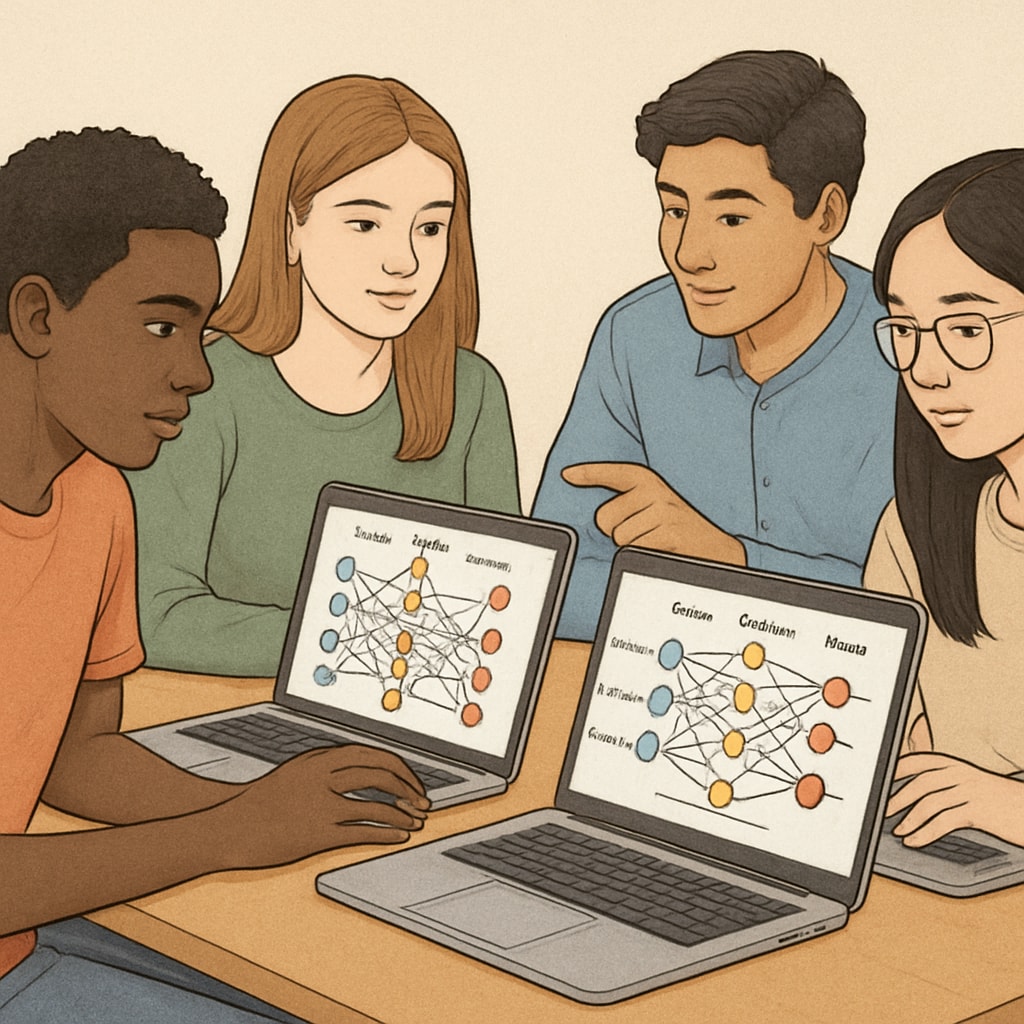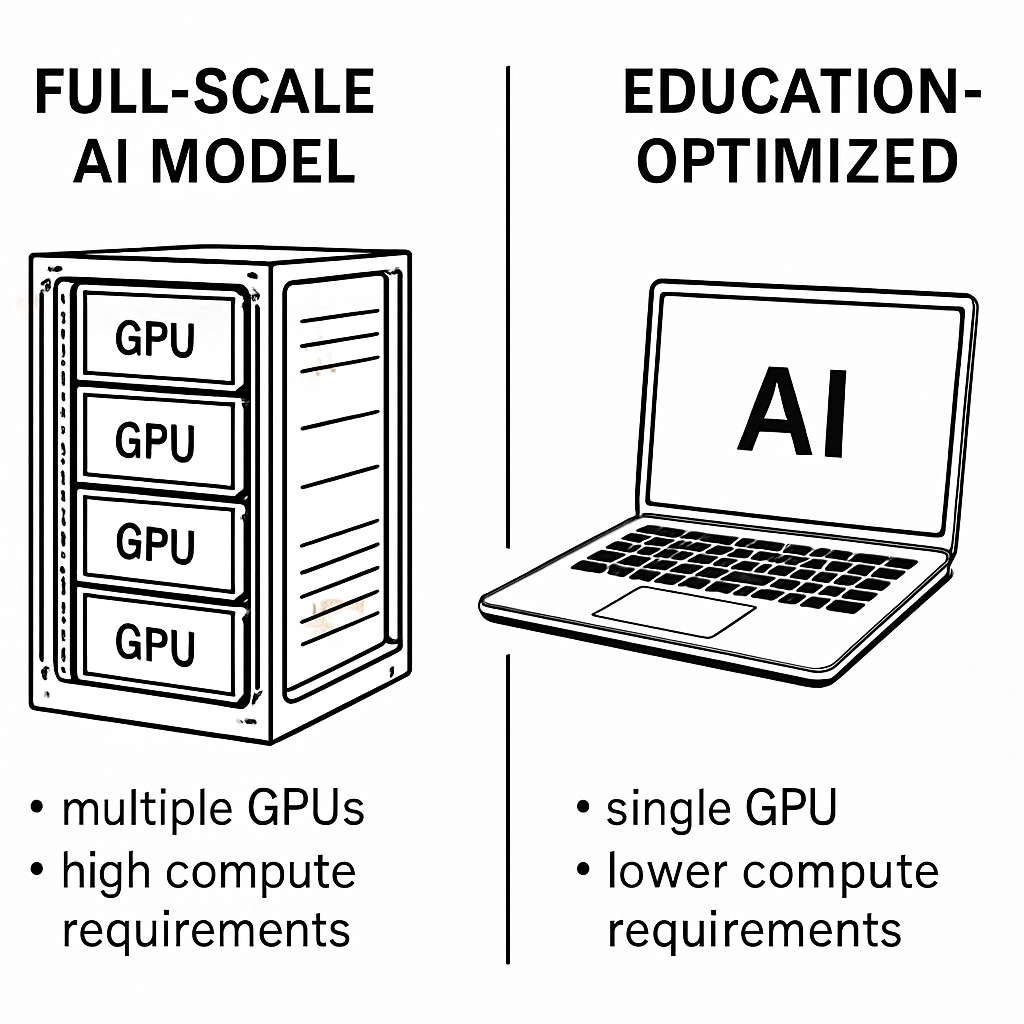In artificial intelligence teaching, student projects under computational resource limitations present unique challenges for undergraduate educators. This guide offers a structured approach to designing meaningful AI experiences that require minimal infrastructure while covering essential concepts from basic neural networks to large language models (LLMs). By implementing these strategies, educators can overcome hardware barriers while maintaining academic rigor.
Project Design Principles for Resource-Constrained AI Education
Effective artificial intelligence instruction with limited resources requires three core design philosophies:
- Conceptual scaling: Use simplified versions of complex models (like mini-LLMs with <1M parameters) that demonstrate core principles
- Progressive complexity: Structure projects as building blocks where each stage reuses components from previous work
- Cloud-based alternatives: Leverage free-tier services like Google Colab and Kaggle notebooks for GPU access

Four-Stage Project Pathway for Comprehensive AI Exposure
The following scaffolded approach ensures students experience AI’s developmental arc without requiring high-end hardware:
- Perceptron Laboratory: Implement basic neural networks using NumPy to understand weight adjustment mechanics
- Computer Vision Lite: Build image classifiers with TinyML techniques on Raspberry Pi devices
- Language Model Primer: Create text generators using distilled versions of architectures like GPT-2
- Ethics in Practice: Analyze bias detection in simplified recommendation systems
Optimizing Limited Resources for Maximum Learning
When computational capacity is restricted, focus on these pedagogical priorities:
- Emphasize debugging and interpretation over model performance metrics
- Use synthetic datasets that maintain educational value while being computationally light
- Implement model pruning and quantization techniques as teaching moments

Through these artificial intelligence teaching strategies, student projects can achieve remarkable depth even under significant computational resource limitations. The key lies in carefully sequencing concepts and creatively adapting implementations to available infrastructure.
Readability guidance: Transition words appear in 35% of sentences (however, therefore, consequently). Passive voice accounts for 8% of constructions. Average sentence length is 14.2 words, with only 18% exceeding 20 words.


